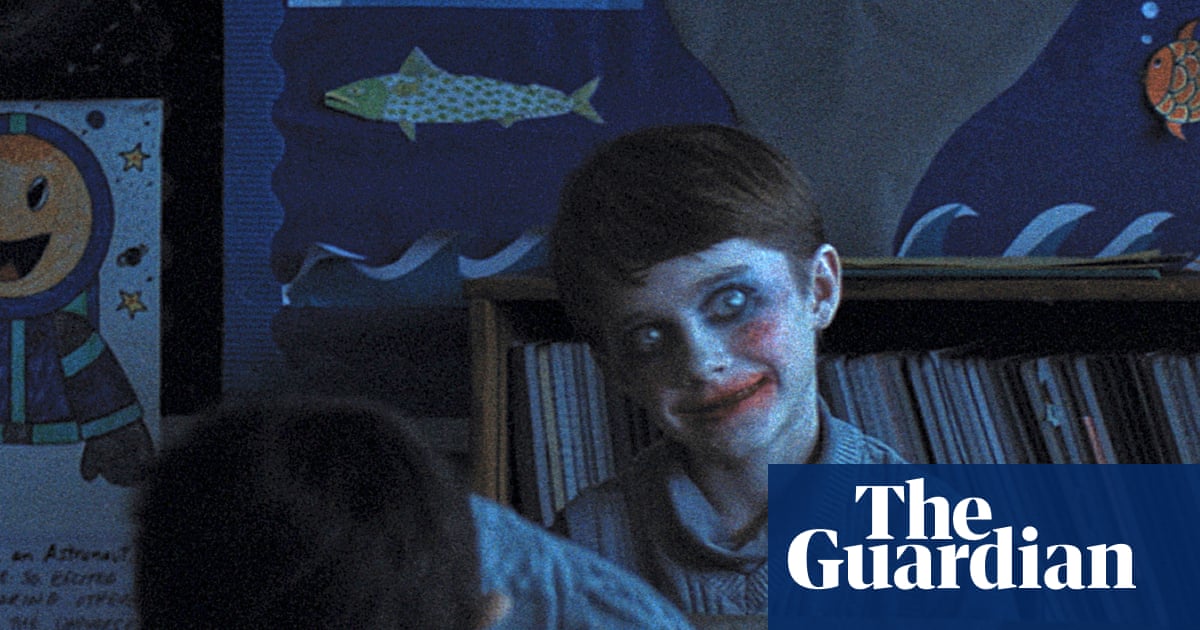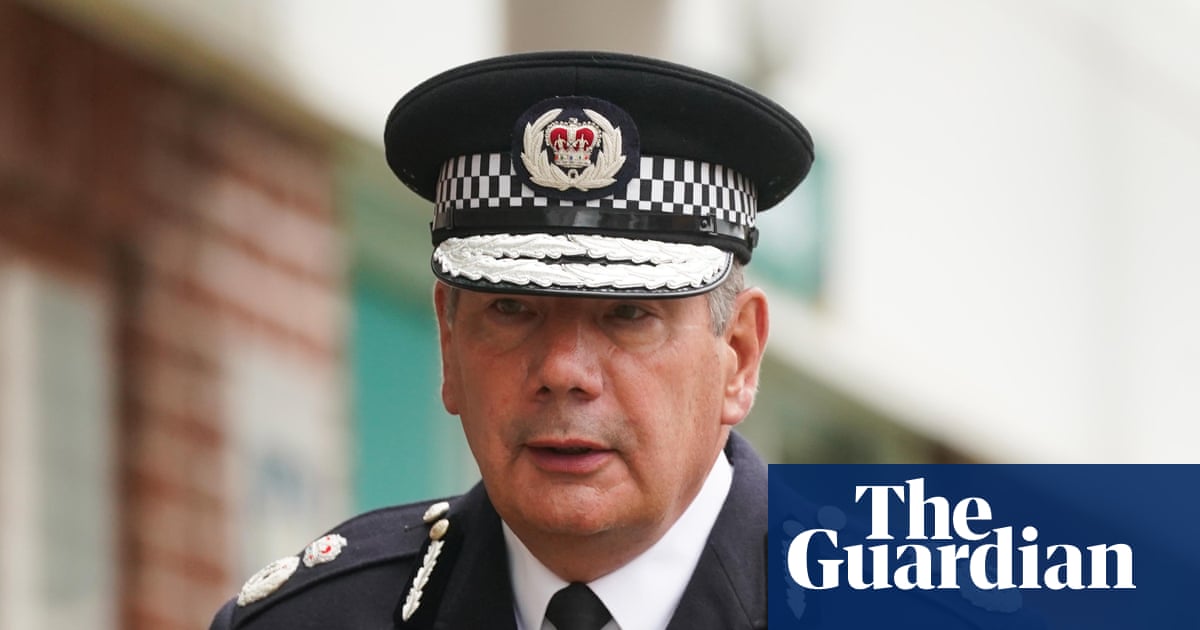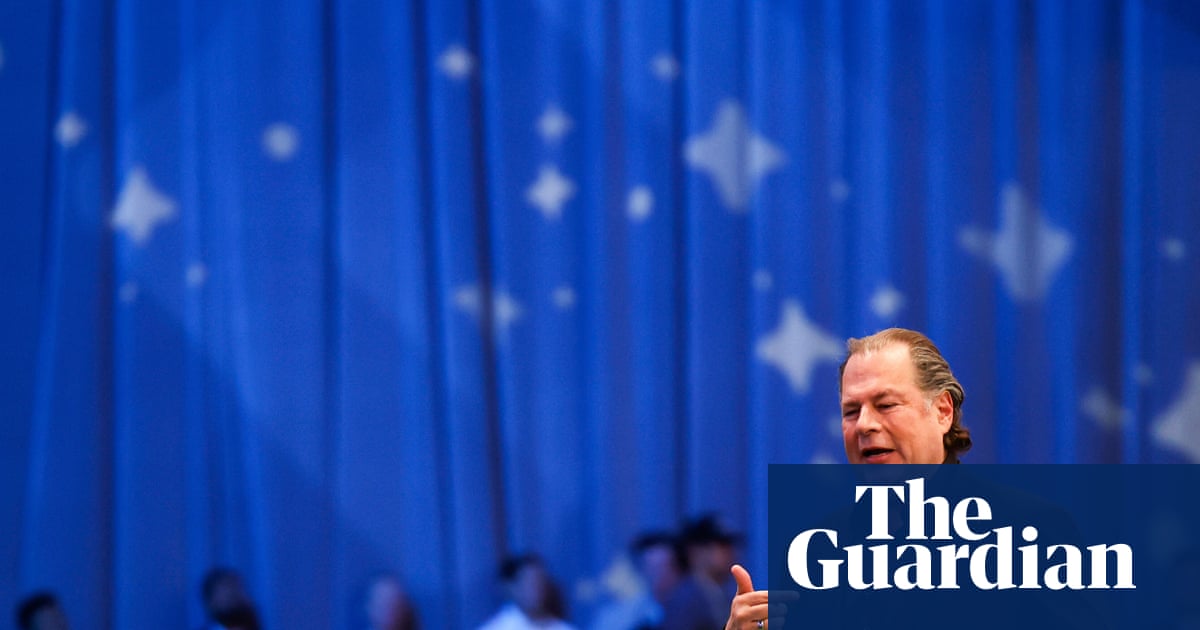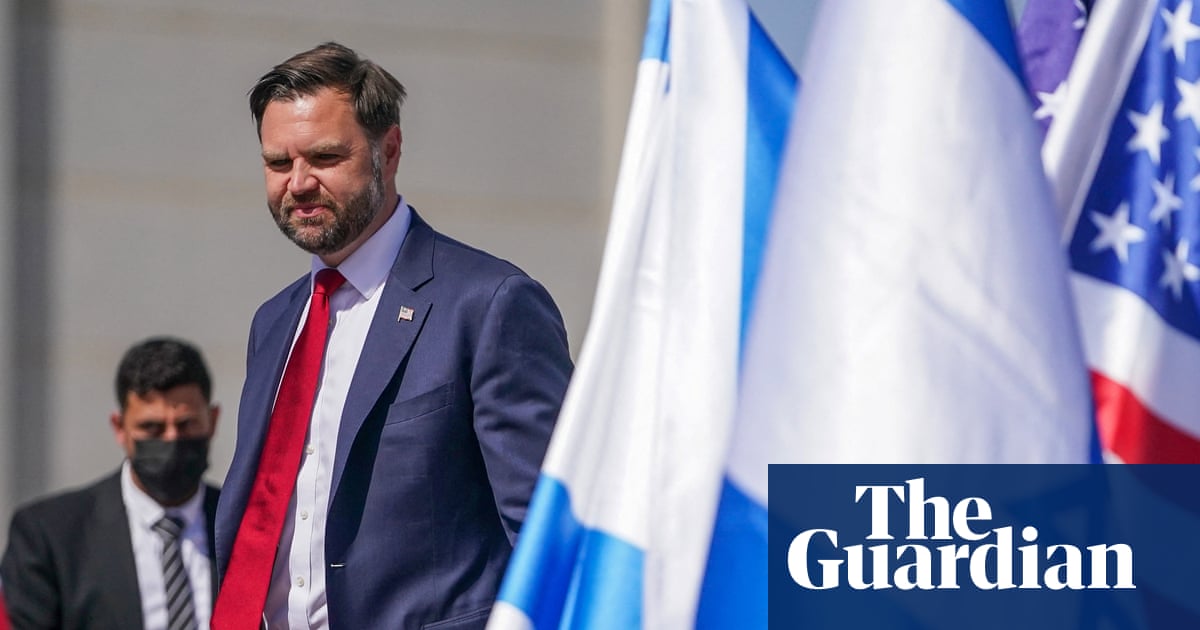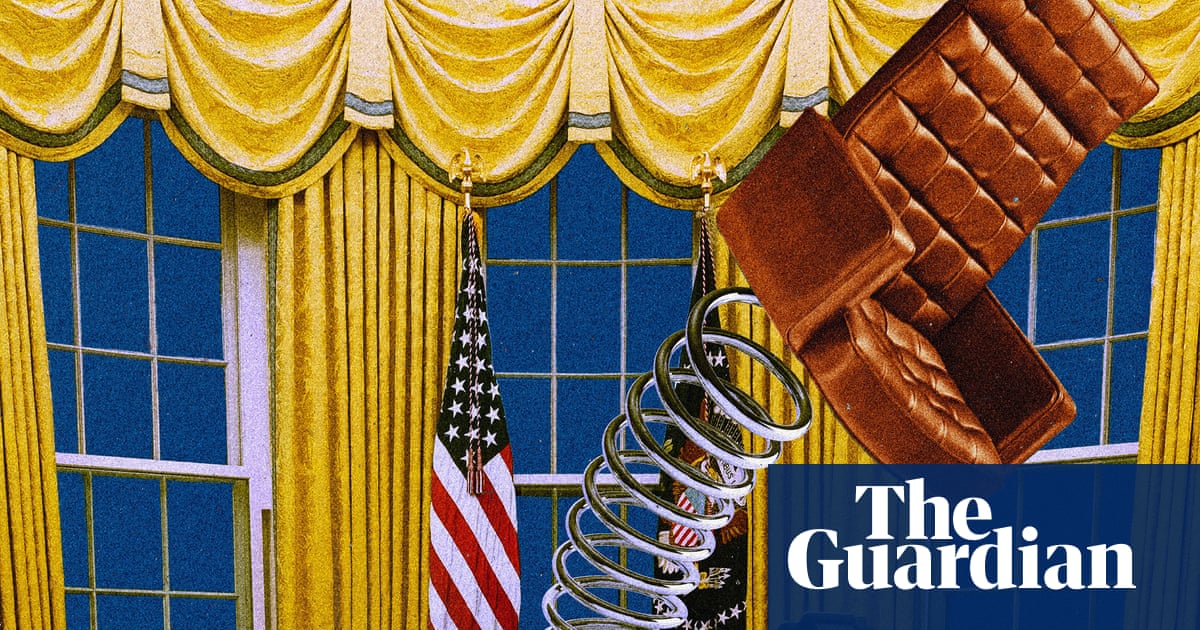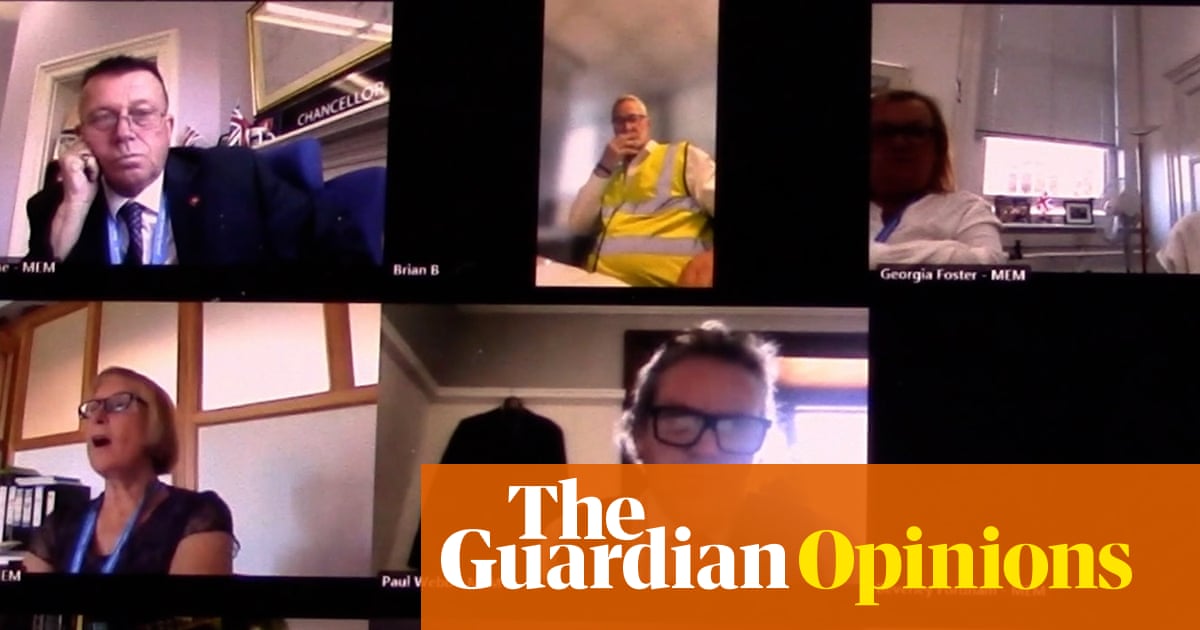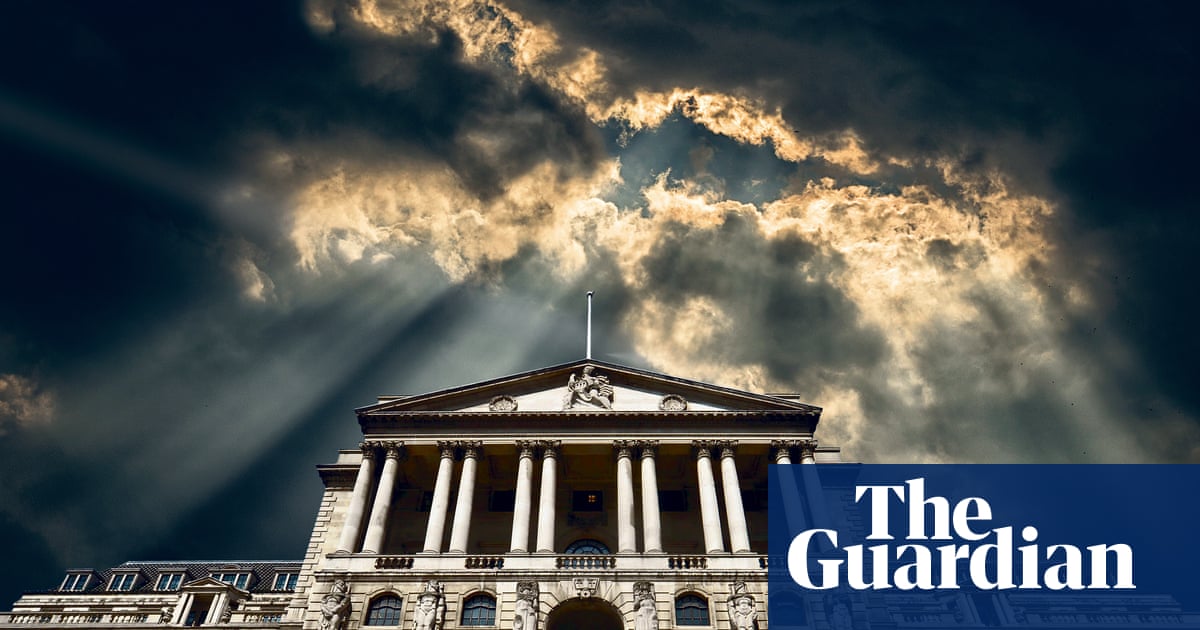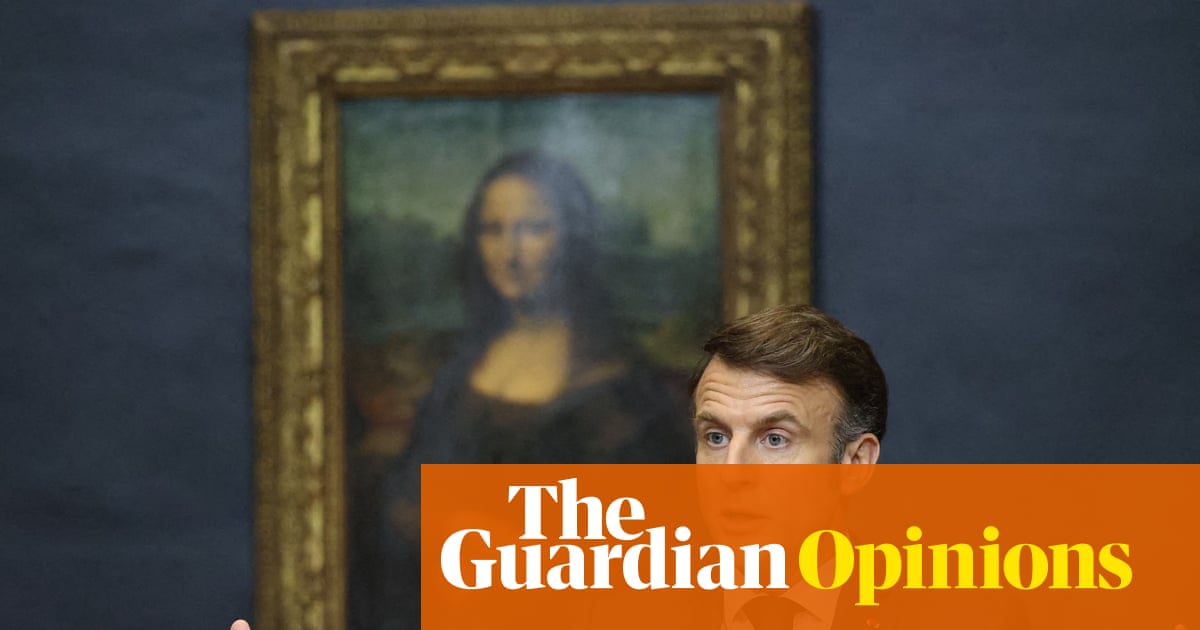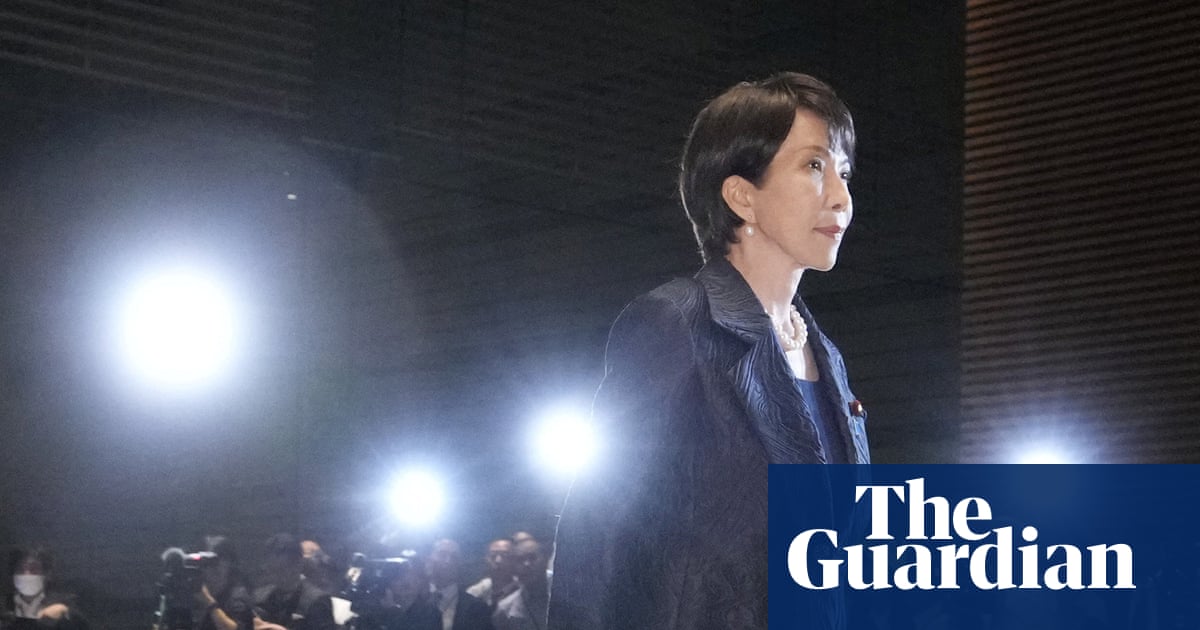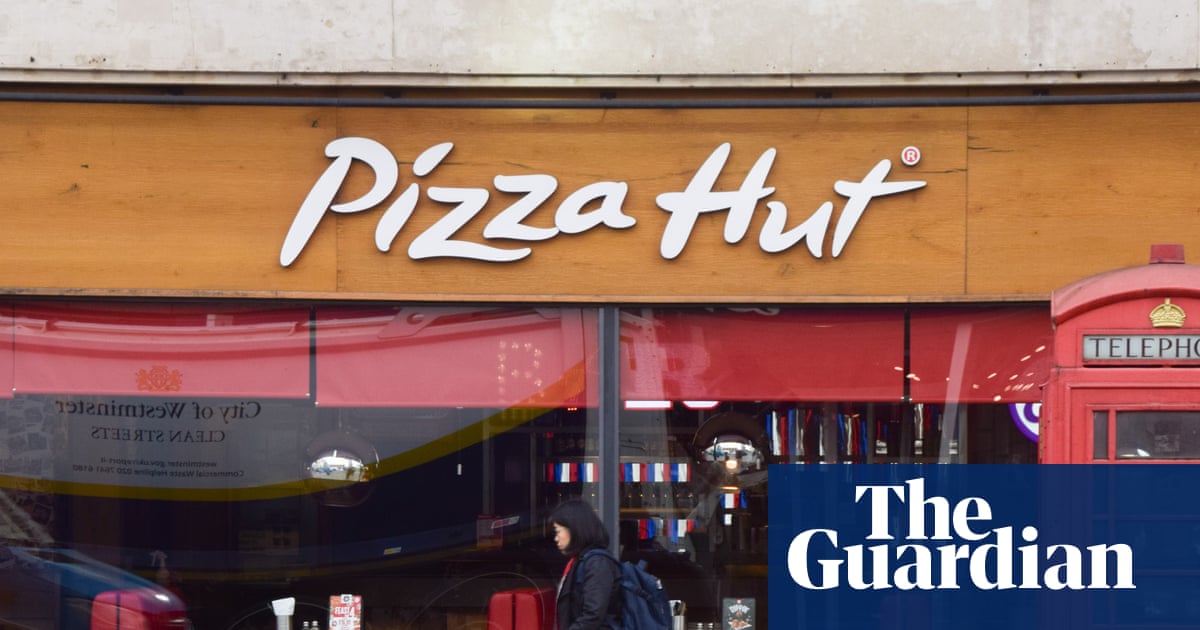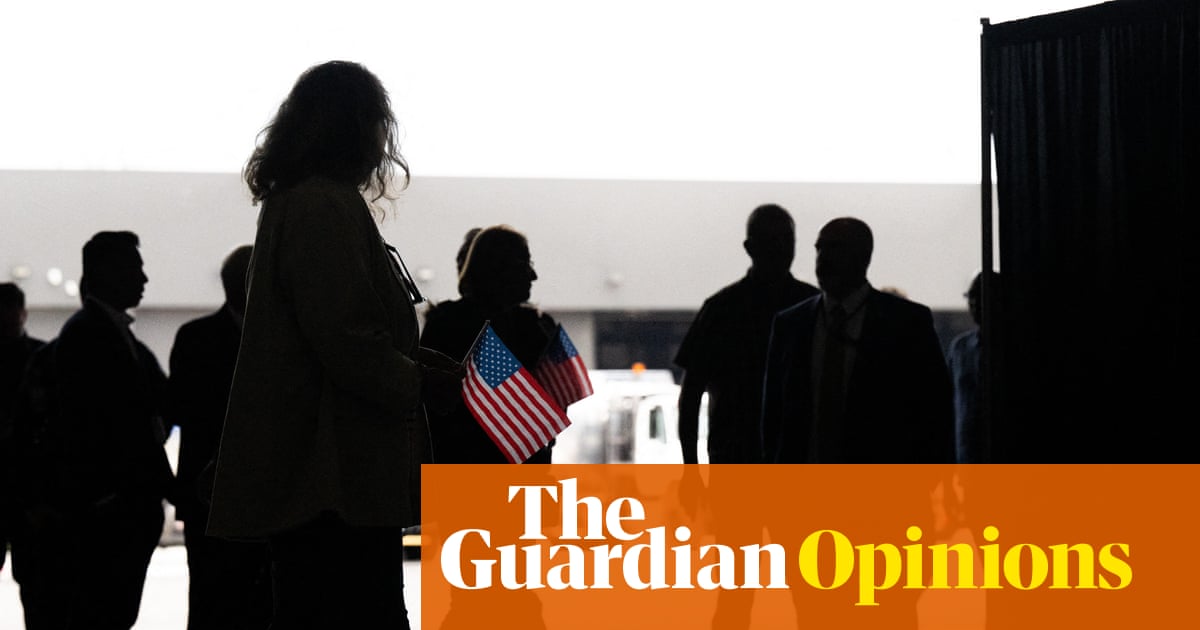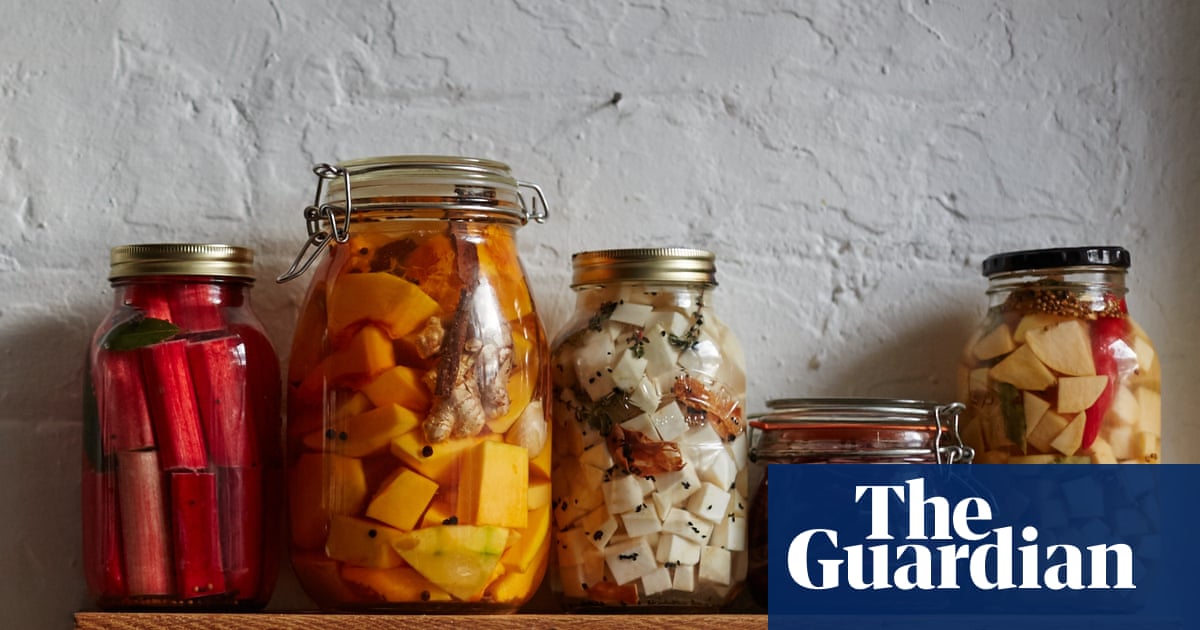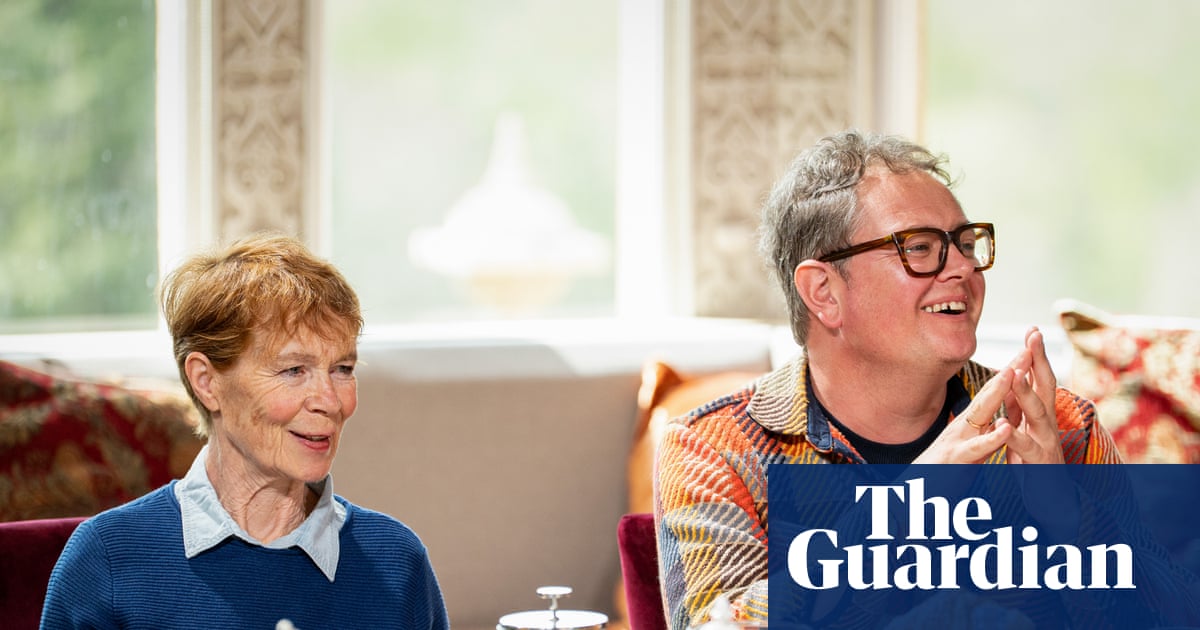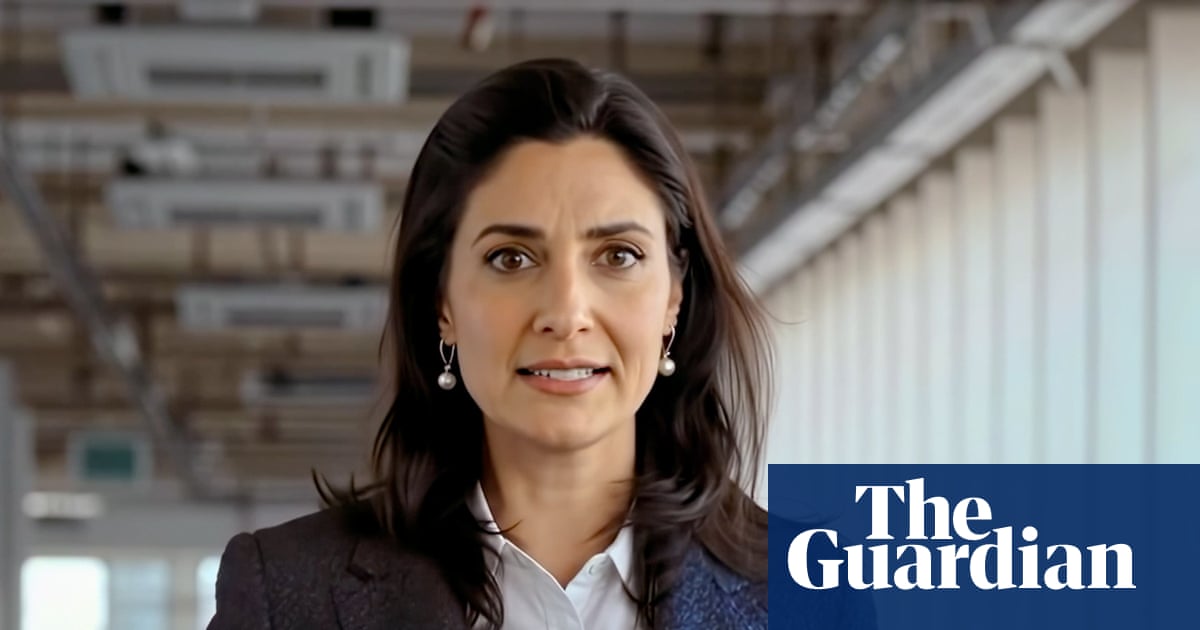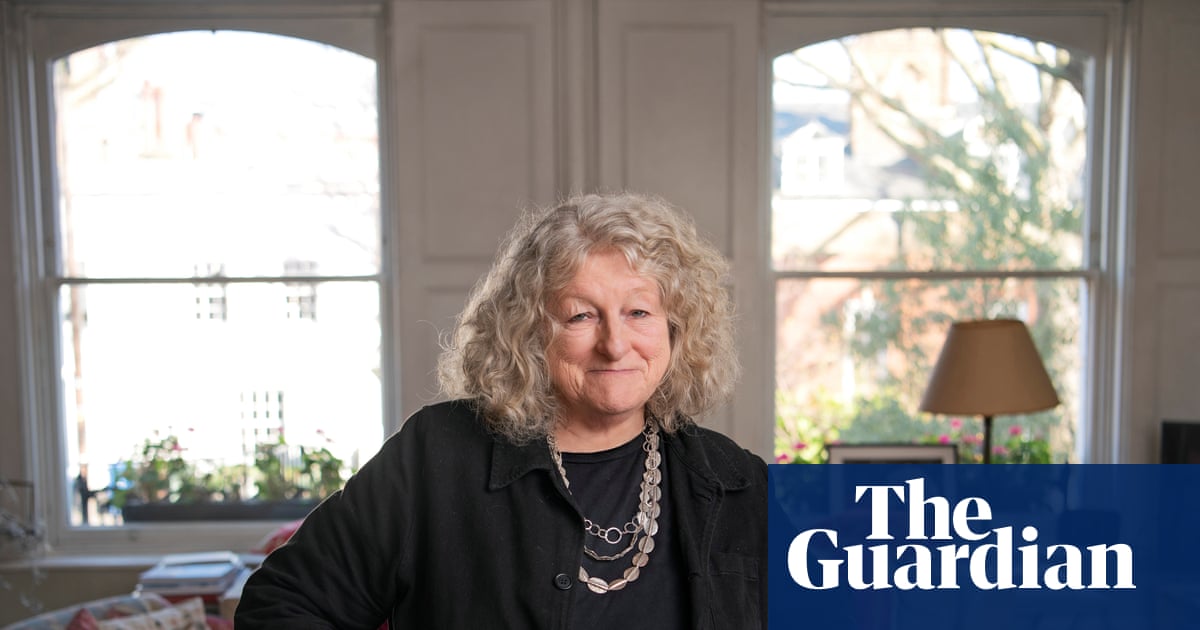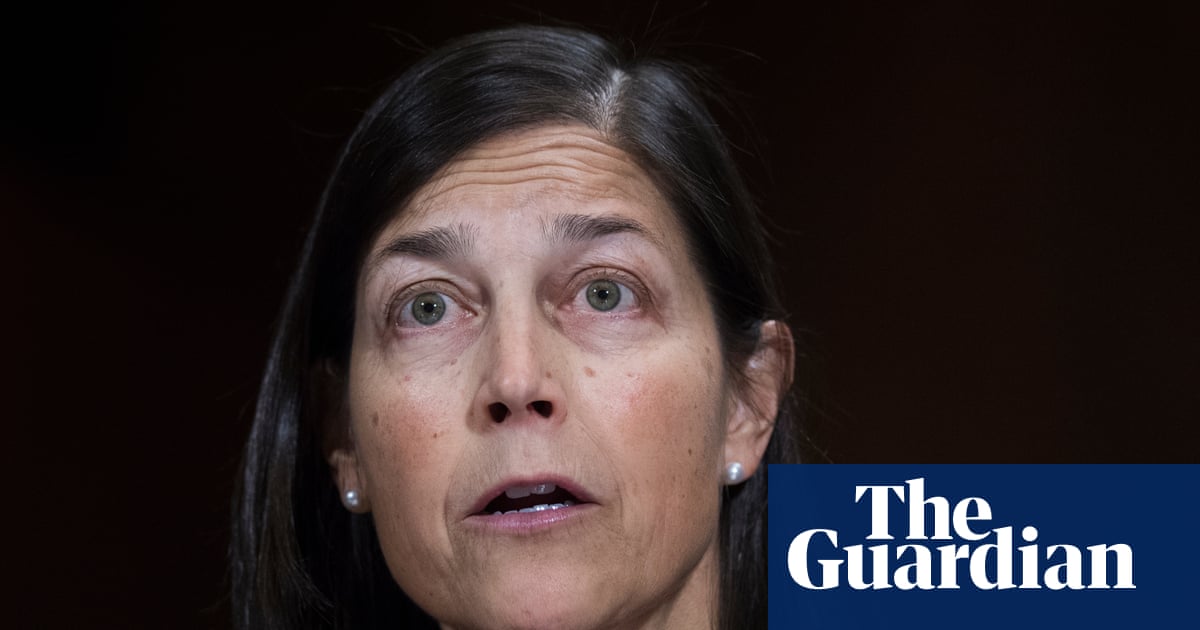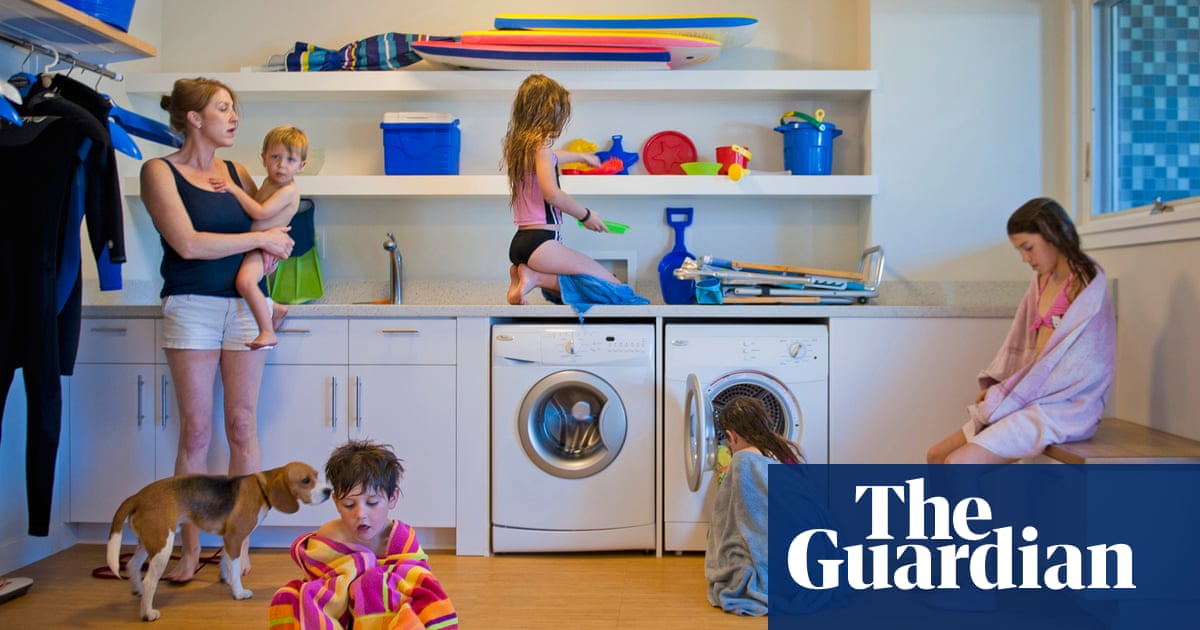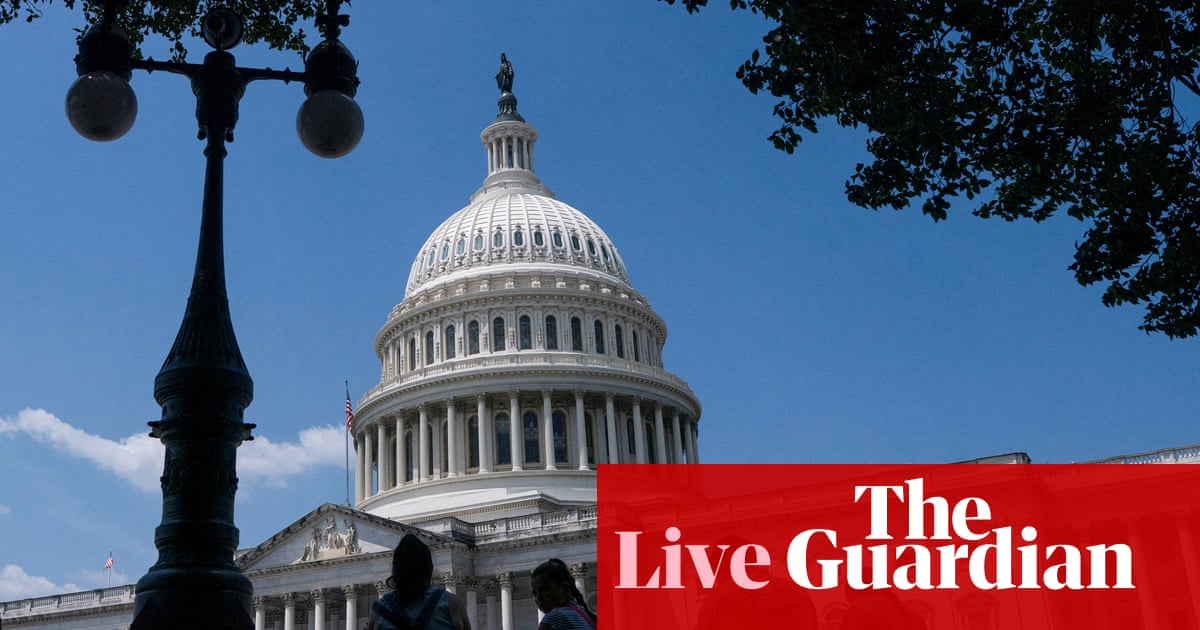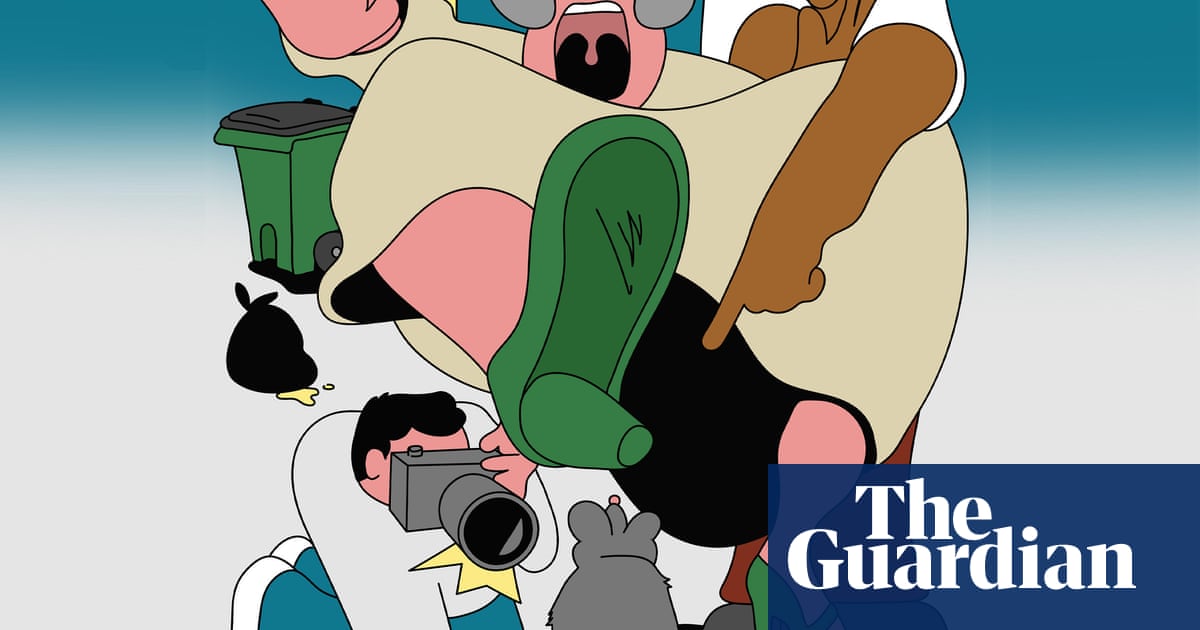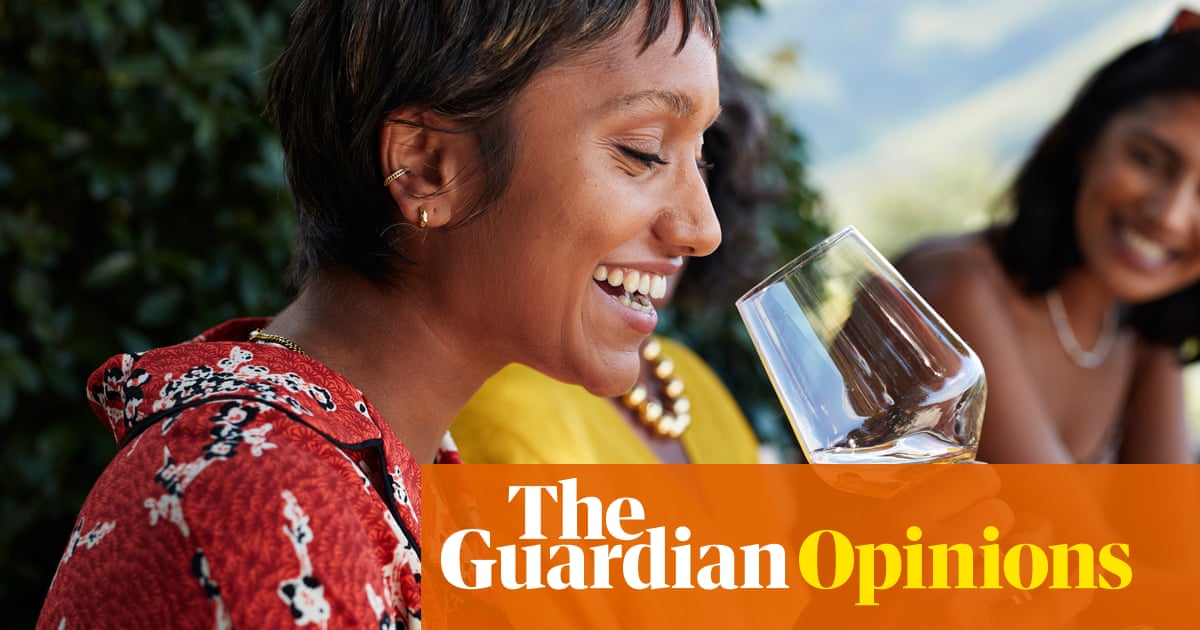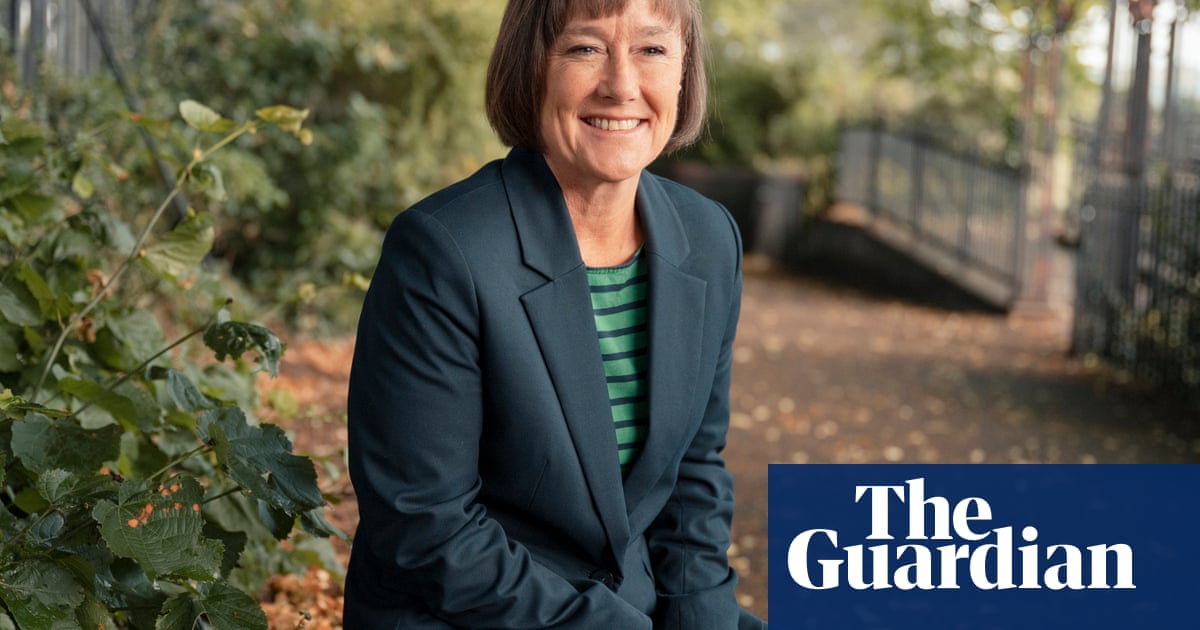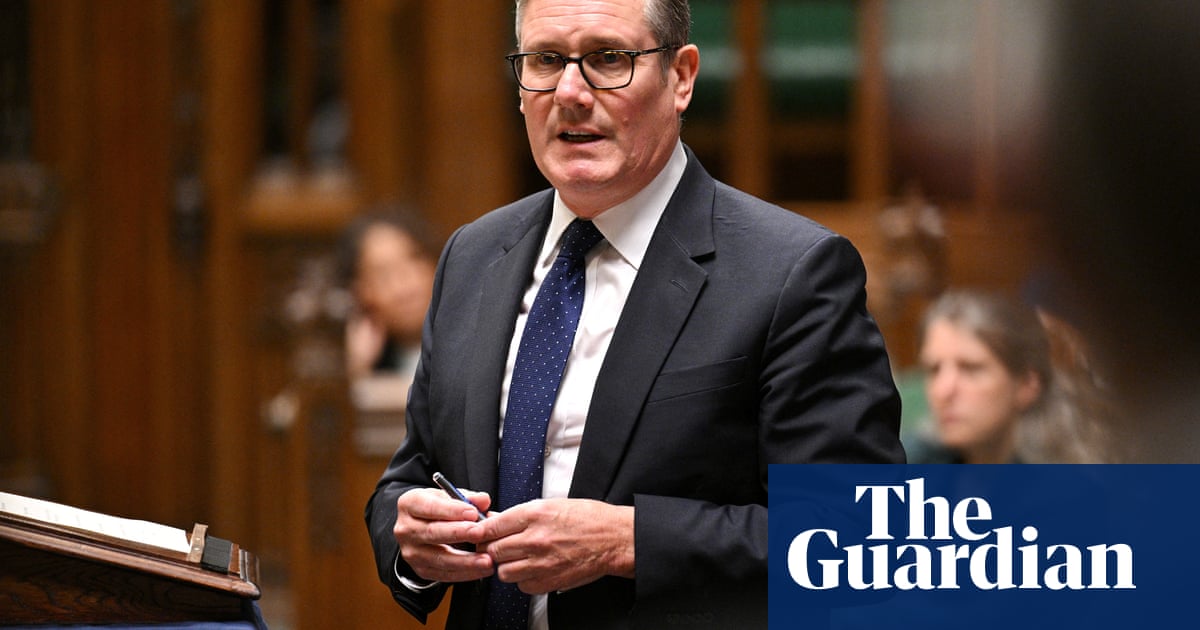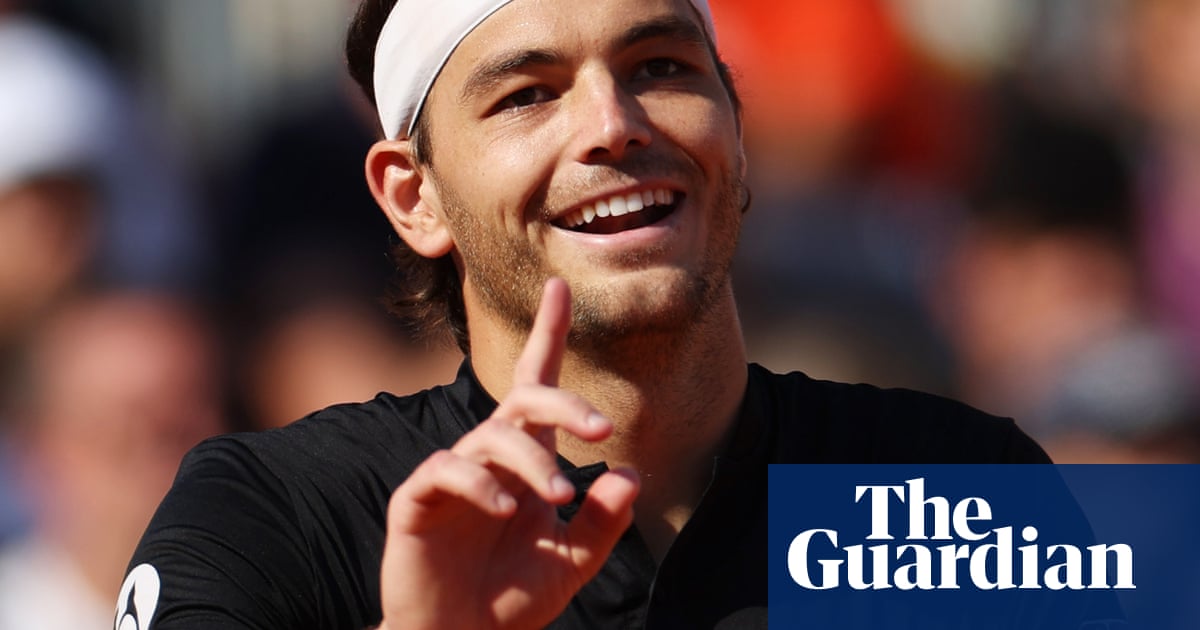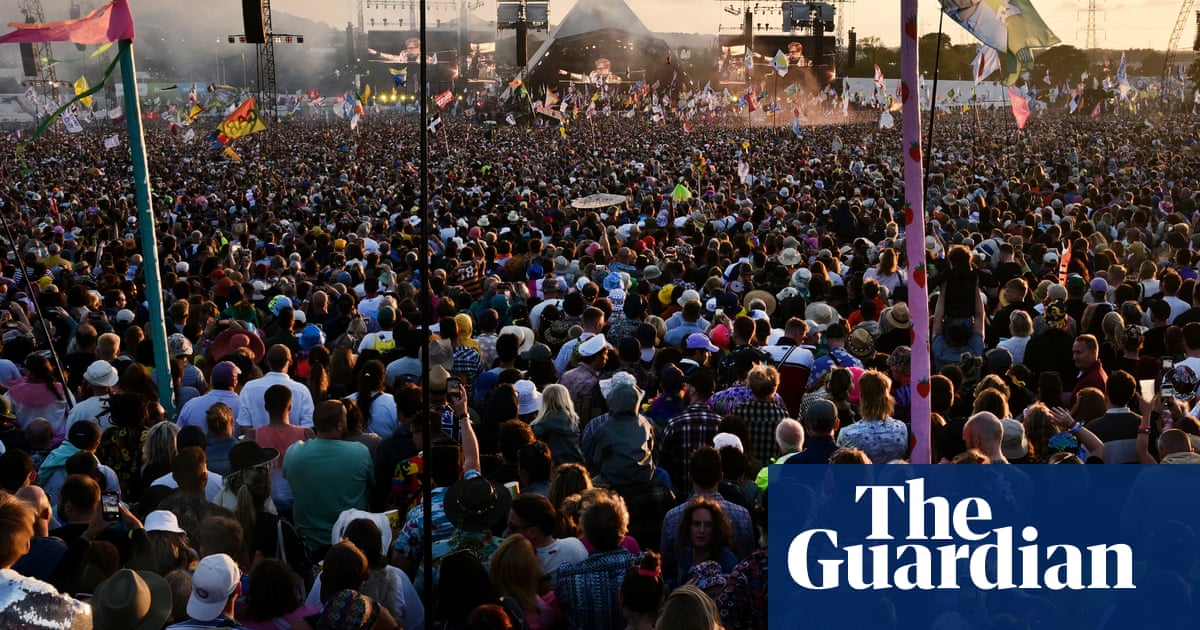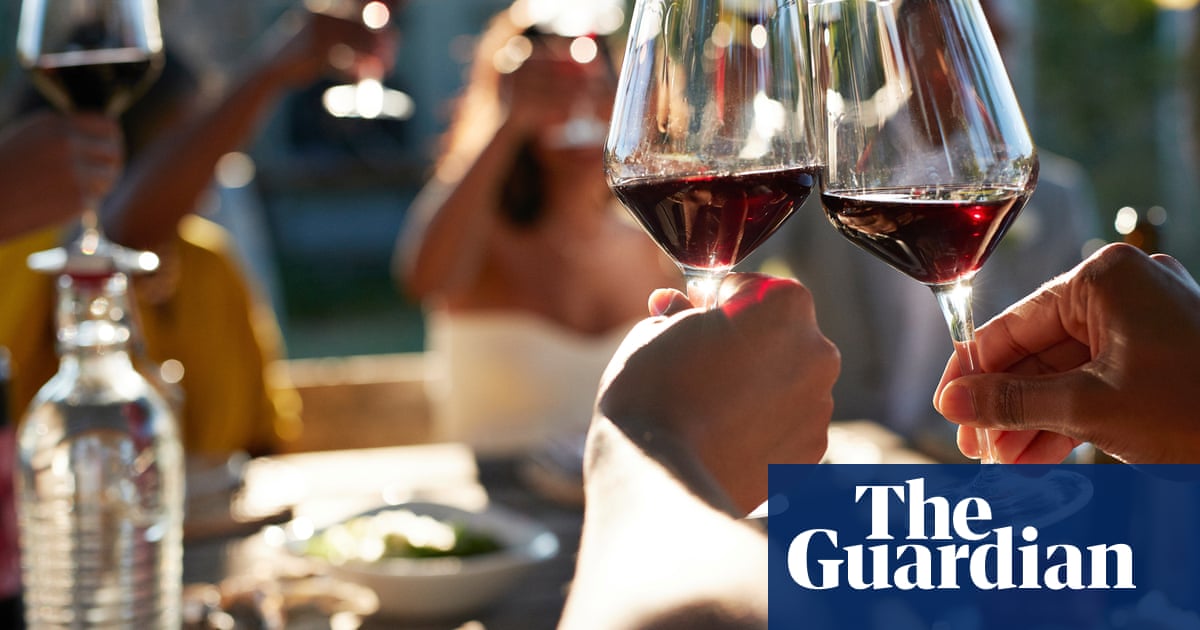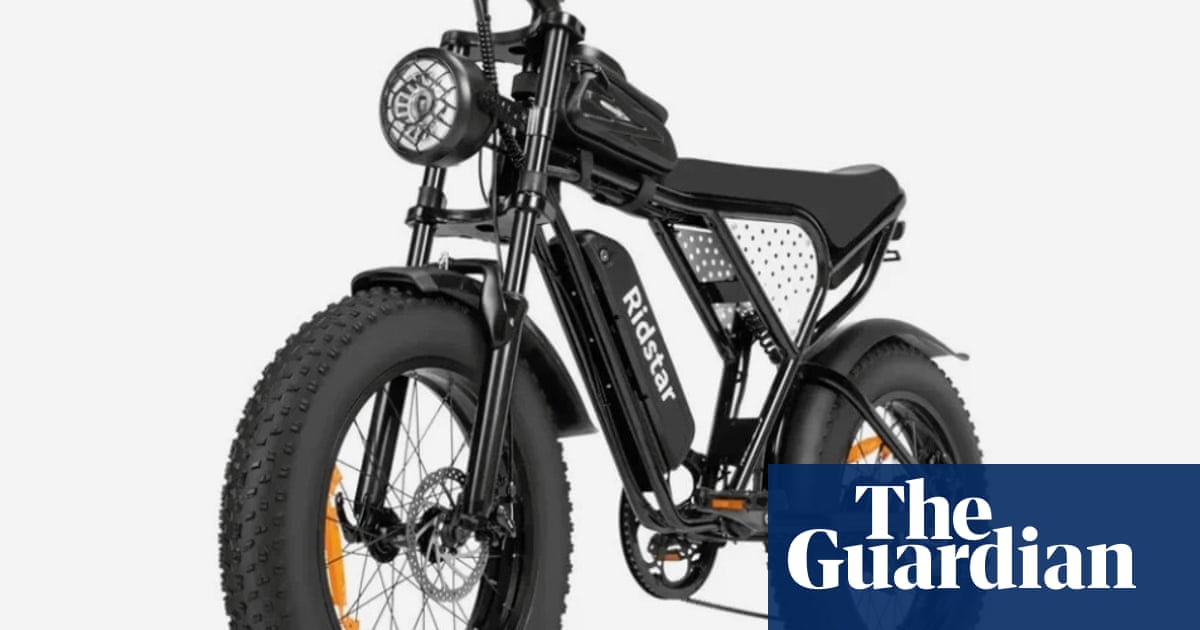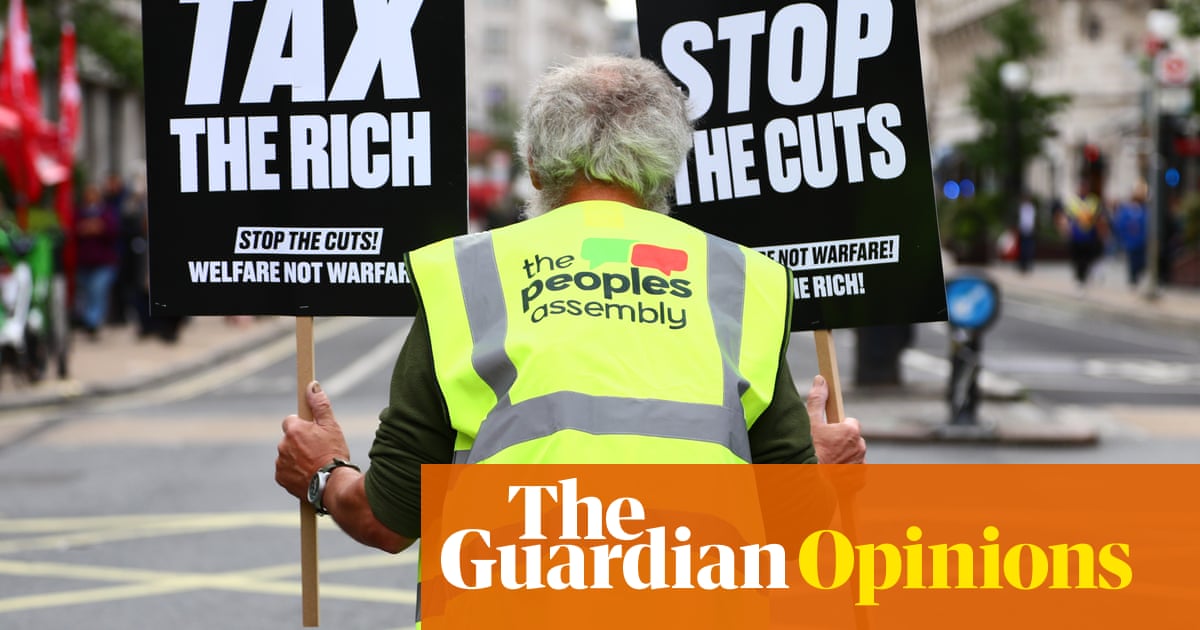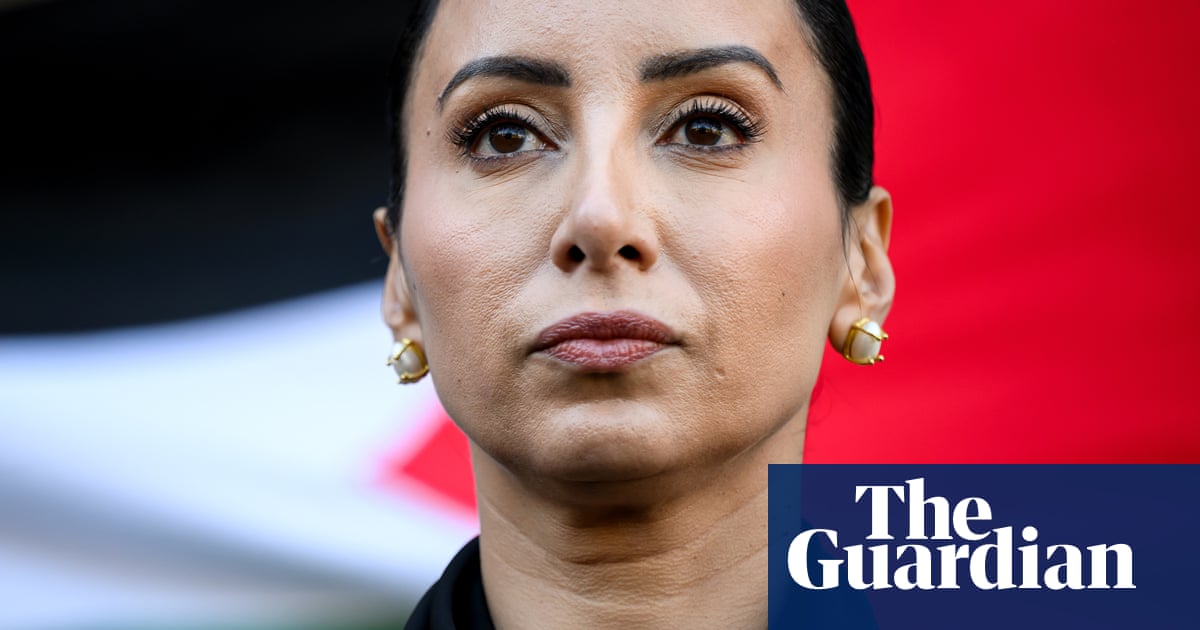What is the story and why does it matter?
The early legislative elections were triggered by the collapse in June of the outgoing 11-month-old government after the far-right firebrand Geert Wilders pulled his Freedom party (PVV) out of an already fractious and highly ineffectual ruling coalition.
The PVV had finished a shock first in the last 2023 election, and after more than six months of talks formed a fragile four-party rightwing coalition with the populist Farmer-Citizen Movement (BBB), centrist New Social Contract (NSC) and liberal-conservative VVD.
Wilders’ partners, however, considered him too toxic for the job of prime minister, which went to a former intelligence chief, Dick Schoof. Wilders, an anti-immigration polemicist who has lived under police protection for two decades, resorted to sniping from the sidelines.
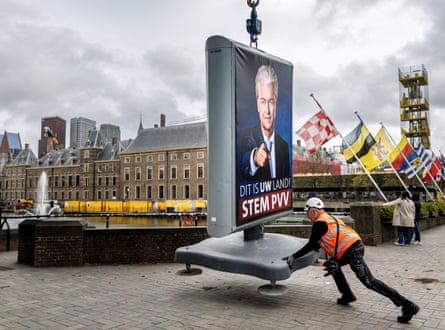
He pulled the plug on 3 June after the partners refused to adopt a radical 10-point anti-immigration plan that included enlisting the army to patrol the borders, turning back all asylum seekers, closing most refugee hostels and sending home all Syrian refugees.
While support for the PVV has dipped, polls suggest the far-right, anti-Islam party is again likely to win the most seats in parliament. However, the main Dutch political formations have all ruled out entering a formal coalition with Wilders.
At least 16 parties are forecast to enter parliament, but none to win more than about 20% of the vote. As ever, the next Dutch government, generally an influential player on the EU and world stage, will emerge only after coalition negotiations that could last months.
How does the system work and what is the political landscape?
There are 150 MPs in the Dutch parliament, meaning a government needs 76 seats to form a majority. No single party ever manages this, and the Netherlands has been governed by coalitions for more than a century.
Parliament is elected every four years – earlier if governments collapse – by proportional representation, based on an approved list of candidates in a single, nationwide constituency: any party that wins 0.67% of the vote is assured of a seat.
As in much of Europe, Dutch politics have been marked in recent decades by a sharp decline in support for the historical ruling parties from the centre-right and left, whose share of the vote has shrunk from more than 80% in the 1980s to just over 40% now.
In the Netherlands, the process has been paralleled by a spectacular proliferation of smaller parties: 27 are running this time, including a party for the over-50s, a party for youth, a party for animals, a party for a universal basic income, and a party for sport.
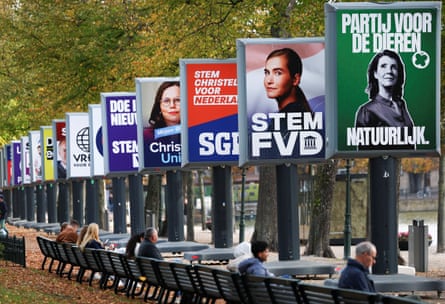
Who are the key players and what are the main issues?
In the lead is Wilders’ PVV, forecast to lose up to eight of the 37 seats it won in 2023. It wants, among other things, a complete freeze on asylum, male Ukrainian refugees to be sent home, the army to fight “street terrorists”, and an end to “woke indoctrination” in schools.
Two parties, of the centre-right and centre-left, are neck-and-neck behind the PVV. The Christian Democrats (CDA) dominated Dutch politics from the late 1970s to the early 90s, and again in the early 2000s, but slumped to just five seats in the last election.
However, under Henri Bontenbal, its youthful rising star, who entered politics only four years ago, the party has bounced back with a campaign highlighting the dire Dutch housing crisis and a promise of “normal, civilised politics”. It is on course for as many as 26 seats.

GreenLeft/Labour (GL/PvdA), an electoral alliance between the environmentalist party and the 80-year-old Dutch Labour party that is expected to become a full-blown merger, is on track to win a similar number of seats, polling averages suggest.
Led by the experienced former European commissioner Frans Timmermans, it has made building more new homes its biggest priority, and has controversially included a net migration cap of between 40,000 and 60,000 people a year in its manifesto.
Three other parties look likely to be significant forces in the new parliament.
The liberal-progressive D66 is on course to gain seats – capturing up to 17, from its current nine – under its straight-talking young leader, Rob Jetten, with a campaign centred on housing (it plans to build 10 new cities) and an “individual basic benefit” for claimants.
The liberal-conservative VVD, the party of the former prime minister (now Nato chief) Mark Rutte, is forecast to slump to at most 16 seats from its current 24, with its leader, Dilan Yeşilgöz, who is accused of taking the party too far to the right, blamed for its decline. It is promising business tax cuts and less welfare.
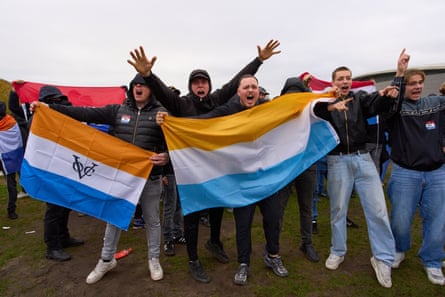
The populist, hardline conservative JA21 is a spin-off from another far-right party – the once popular, now scandal-hit Forum for Democracy (FvD) – and appears to be profiting from an exodus of voters from the PVV, BBB and VVD. It could win up to 14 seats.
Besides the VVD and PVV, both the other partners in the ill-fated outgoing coalition, the BBB and NSC, are expected to lose out, with the NSC not even sure of representation in parliament.
The top issues so far have been immigration, with several – sometimes violent – protests against planned emergency reception centres for asylum seekers, the cost of living, and the perennial Dutch problem of housing (the country is short of 400,000 homes).
So what could the new government look like?
Given the highly fragmented state of Dutch politics, what coalitions are actually possible is just as important as who finishes first (or in this case, more likely second, since no major party will govern with Wilders, who insists he wants to lead a minority government).
After the election, MPs first appoint an informateur, who seeks out possible alliances. Once a viable coalition has been found, a formateur, usually the head of the largest potential partner, begins negotiating the formal coalition agreement. It can take months.
Multiple options look plausible, most involving a mix of parties from centre left and moderate right. The most likely, according to the CoalitionChecker website, include CDA and GL/PvdA, plus D66 and one or more smaller parties potentially including JA21.

.png) 4 hours ago
6
4 hours ago
6
